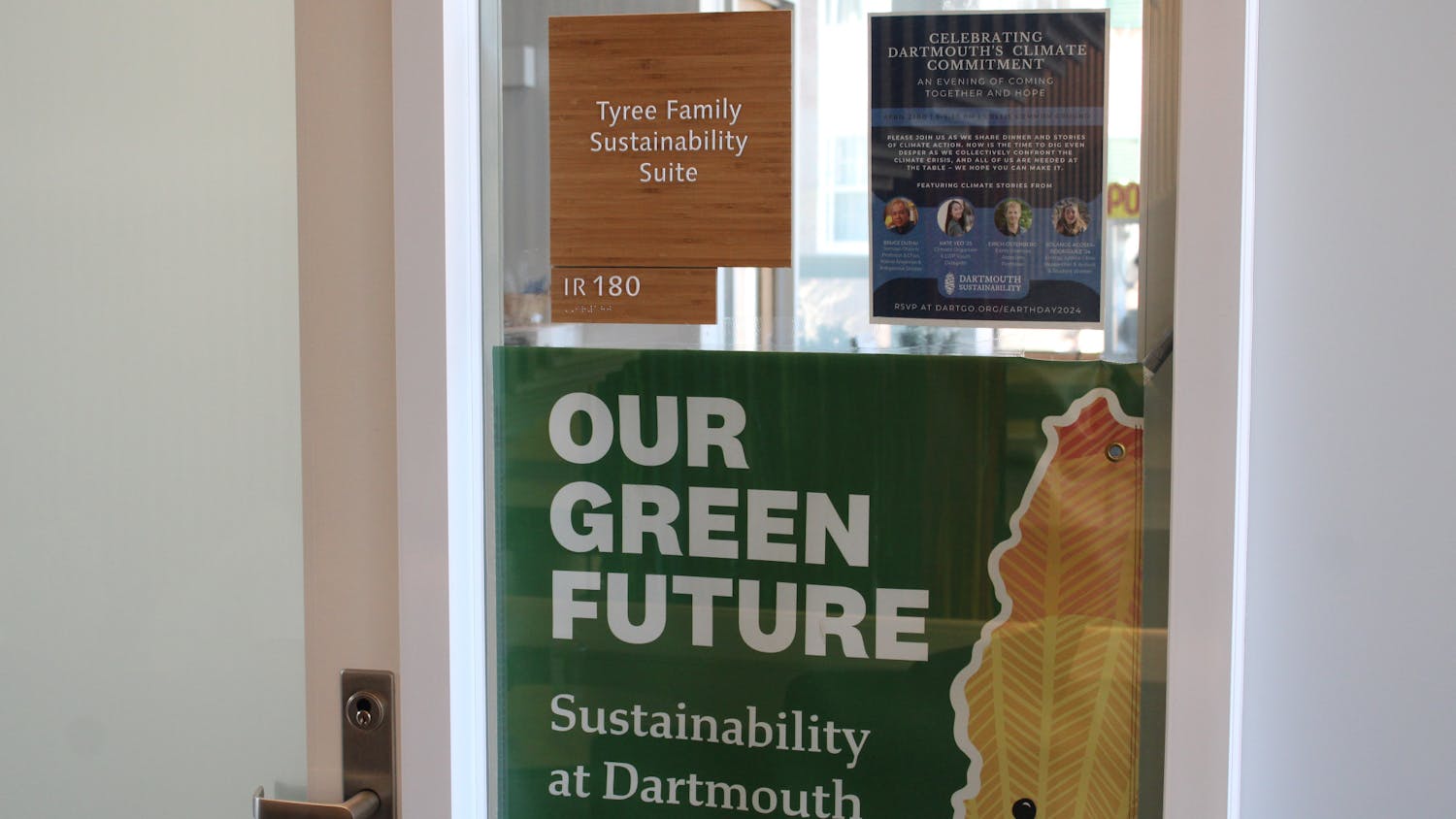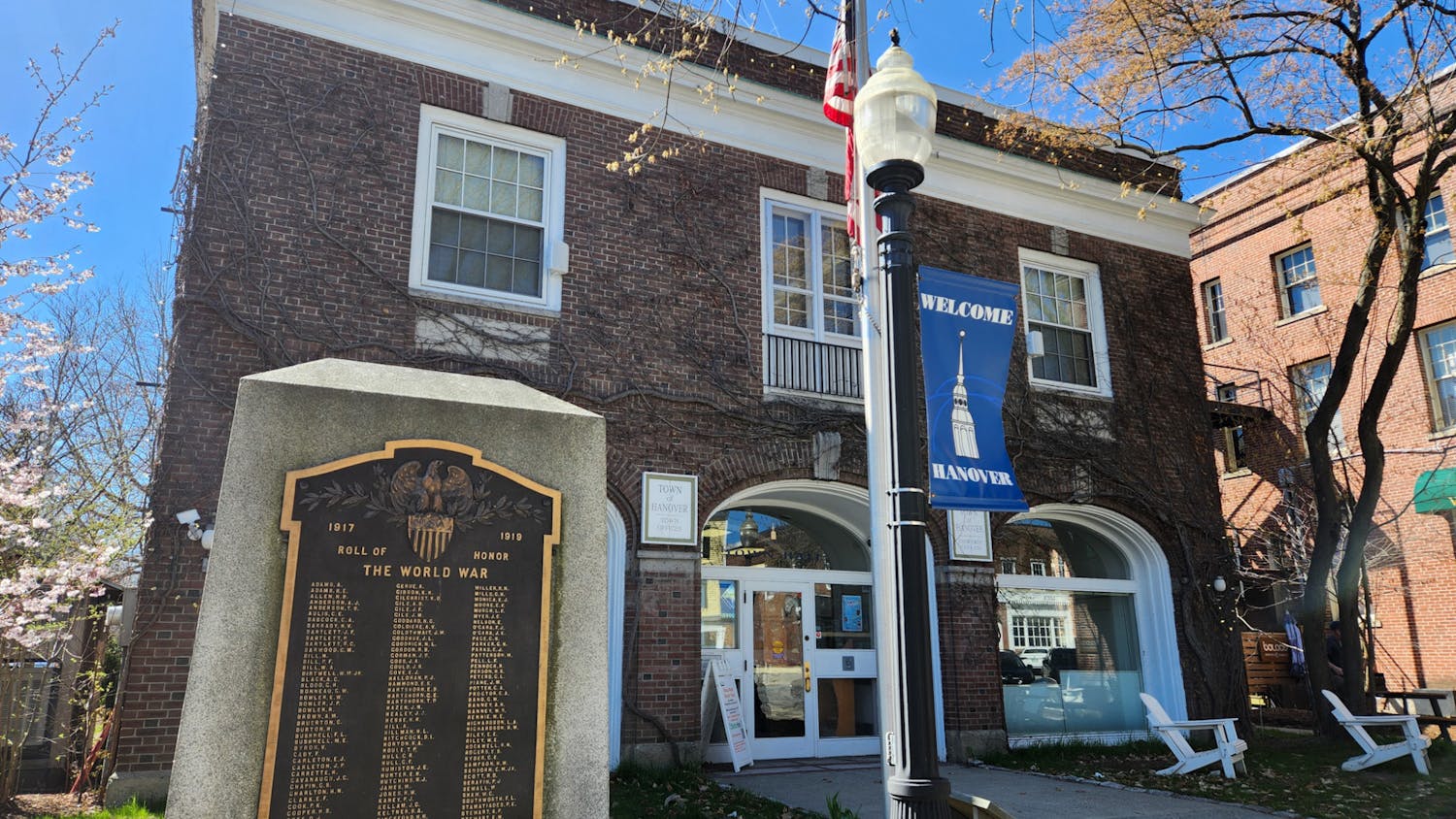Cutter-Shabazz and La Casa, among several other affinity houses, are continuing to deal with Fall term housing vacancies, despite the approximately 120 to 140 members of the sophomore class placed on the housing waitlist Wednesday after the final night of room draw.
"I think in previous years, without the [housing] guarantee, getting secured in affinity housing was a way for sophomores not to have to go through room draw and in many cases get a single," Director of Housing Rachael Class-Giguere said.
According to Dean of Residential Life Martin Redman, affinity houses have struggled in the past to fill their houses, but this year has been especially difficult. The low number of participants could be in part due to the increased amount of available space on campus for upperclassmen with the addition of the new dorms, he said.
Currently, Cutter-Shabazz has 16 vacancies, while La Casa, the Max Kade German Center and the Hillel apartments each have two empty spots, Class-Giguere said.
To maintain the affinity housing programs despite low numbers, one of the two original Hillel apartments and three of the five Max Kade Center apartments were placed into this year's general room draw.
The quota for upperclassmen in the East Wheelock Cluster has also not been met. The cluster accepted 192 applications for 140 spots, but approximately 70 accepted students did not show up for East Wheelock room draw, leaving about 20 vacancies, Redman said.
The Office of Residential Life expected this shift away from affinity housing to become evident in next year's room draw and is currently working with the houses to determine what is needed to attract more students to their programs, Class-Giguere said.
Anna Cates '06, the undergraduate advisor to Foley House, a coed residence, said the house's low enrollment numbers for next fall are due to its lack of recognition on campus.
"I think, for us, people don't know about us, that they don't know we exist," Cates said, "and the fact that we can't offer singles to everyone who lives here."
Although Amarna, a coed undergraduate society, has since filled all its beds, this past April its members sent BlitzMail messages stating that the house would close if its beds were not filled for this coming Fall term.
This message was sent because of a miscommunication within the house, however, and Assistant Dean of Residential Life Deb Carney, who handles Coed, Fraternity and Sorority organizations such as Amarna, said the house was never in danger of closing.
The CFS handbook states that all College-recognized CFS organizations must meet their required occupancy numbers and that the organizations are obligated to fill their houses with current members. In special instances, as is the case with Amarna, an organization may be granted permission from ORL to fill its vacant spaces with non-members.
When a CFS organization cannot fill its residency, the College may assign it to a smaller space or withdraw the organization's residential status. The handbook also states that if an organization falls below its required occupancy number, CFS privileges may be revoked until the occupancy number is met.
Greek organizations such as Kappa Delta Epsilon sorority and Sigma Phi Epsilon fraternity have also run into similar problems with housing vacancies, while house managers of Sigma Nu fraternity and Kappa Kappa Kappa fraternity reported little trouble filling their houses for Fall term.
"We've had more people wanting to move in than we've had beds," Sigma Nu House Manager Matthew Alexander '06 said.



